There’s something undeniably special about stepping into a space adorned with treasures from another era. Vintage items have the power to evoke nostalgia, tell stories, and infuse our homes with an enduring charm that modern décor sometimes struggles to capture. Embracing vintage pieces isn’t just a trend—it’s a meaningful way to connect with the past and add character to our daily lives.
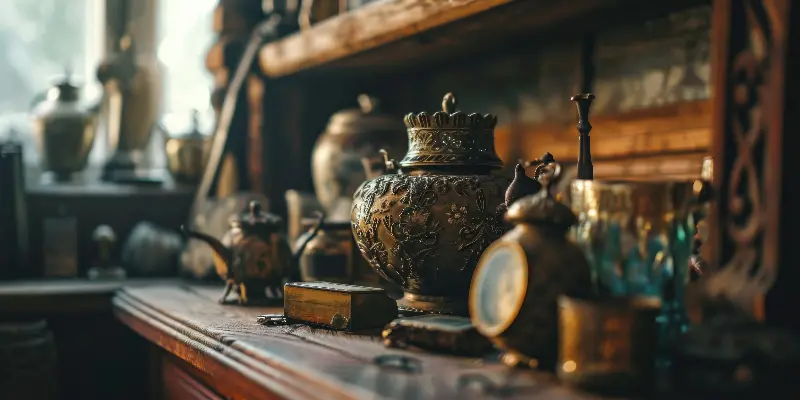
The Appeal Of Vintage: Why Old Is The New New
Vintage items stand out in a world of mass production and fleeting trends. Each piece comes with a unique history, whether it’s a teak sideboard from the 1960s, a retro Art Deco lamp, or a delicate porcelain trinket that’s survived the decades. These objects often display craftsmanship and materials that are hard to find in contemporary goods. Solid wood furniture, intricate metalwork, and hand-painted ceramics reflect a time when things were made to last.
For many, owning vintage is about individuality. No two pieces are quite the same, which allows you to create a home that reflects your personal style rather than a catalogue. From a statement mid-century chair to a quirky collection of old matchboxes, vintage items spark conversation and intrigue. They remind us that beauty doesn’t always have to be new—sometimes, it gets better with age.
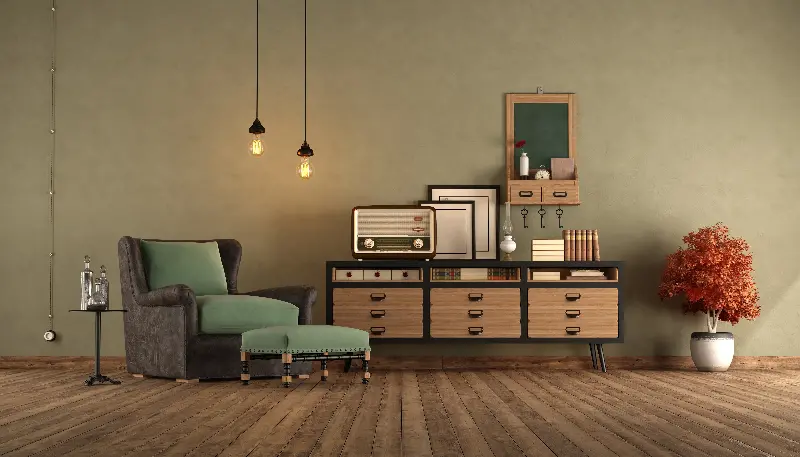
Mixing Vintage With Modern: Achieving Timeless Style
One of the joys of decorating with vintage is how seamlessly these items can blend with modern elements. The key is balance. Pairing a sleek sofa with a traditional Persian rug, or setting a minimalist dining table atop a collection of mismatched antique chairs, creates a dynamic and inviting environment. The contrast highlights the best of both worlds—clean lines meet rich patinas, and contemporary cool is tempered by historic warmth.
Designers recommend starting small if you’re new to vintage. A classic rotary phone in the hallway, a 1950s mirror above the mantle, or even a stack of old hardcover books can bring timeless style into your routine. For those who love a challenge, entire rooms can be curated using vintage finds, often at a fraction of the cost of name-brand designer items. The hunt for the perfect piece—scouring flea markets, auctions, and family attics—turns home decorating into a personal adventure.
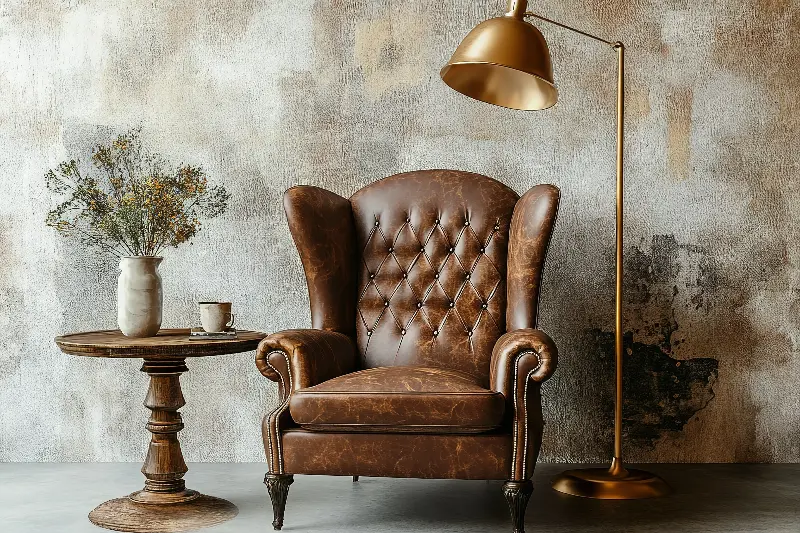
More Than Decor: Vintage As Collectibles And Heirlooms
For some, the fascination with vintage extends beyond decoration and enters the realm of collecting. Vintage toys, vinyl records, watches, and ceramics are all sought after for their rarity and historical significance. Each collection tells a story not only about the era it represents, but about the tastes and passions of the collector.
Heirlooms, too, gain new life when incorporated into modern homes. Grandma’s china, Dad’s old trunk, or a set of brass candlesticks no longer gather dust—they provide continuity and a tangible connection to family stories. The sentimental value of these objects often far outweighs their price. Displayed thoughtfully, they serve as daily reminders of the people and memories that have shaped us.
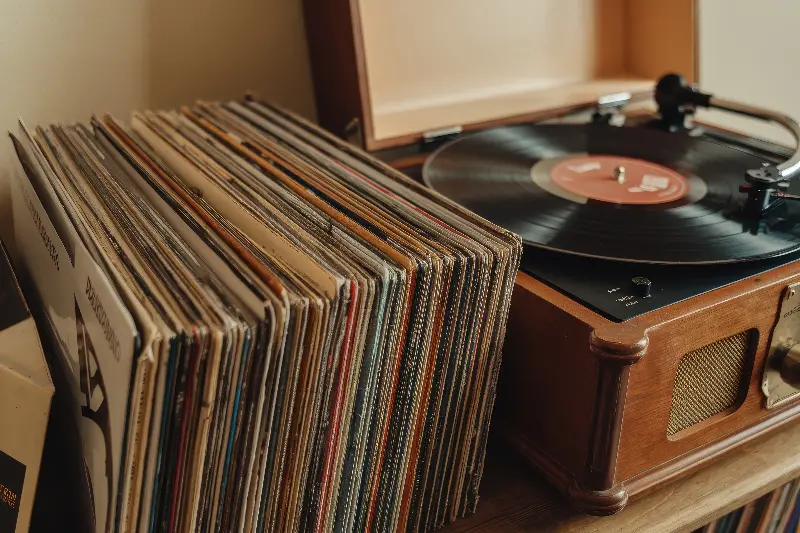
Sustainable Living: The Green Side Of Going Vintage
In an age of environmental awareness, vintage shopping is not just stylish—it’s sustainable. Reusing and repurposing older items keeps them out of landfill and reduces demand for new resources. The philosophy of “buy less, choose well” comes to life with vintage, as each purchase is often an investment in quality over quantity.
Furniture from the early 20th century, for example, was typically built to endure generations of use. Restoring a battered chest of drawers or reupholstering a faded armchair not only brings joy but also contributes to a culture of conscious consumption. Many people find satisfaction in giving new life to objects that might otherwise have been forgotten, adding both beauty and eco-friendly credentials to their home.
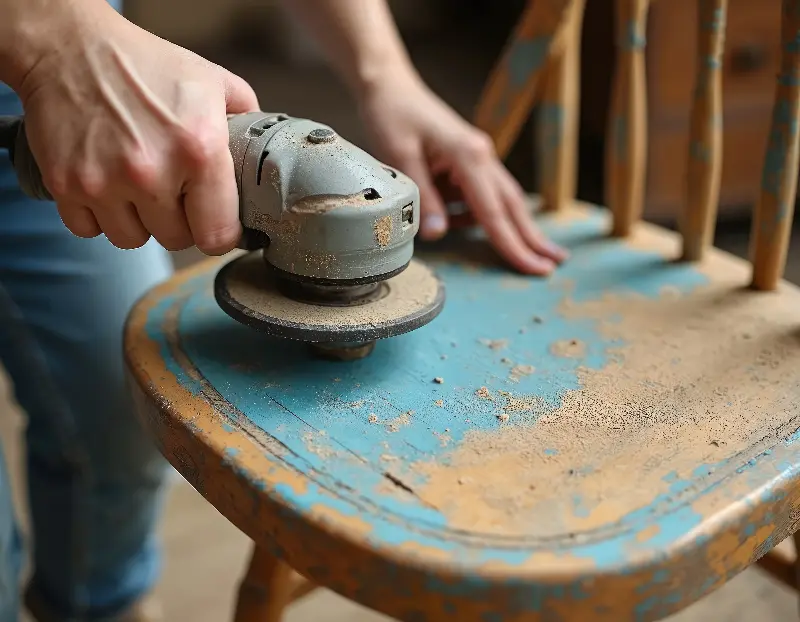
Surprising Facts And Trends In Vintage Decor
Did you know that some vintage items appreciate in value over time? Certain brands—like Ercol furniture, Royal Doulton ceramics, and original Anglepoise lamps—are now more sought-after than when first released. Serious collectors search for makers’ marks, original labels, or unique design features that set an item apart.
Another interesting trend is the rise of “upcycling.” Creative homeowners transform old suitcases into coffee tables, convert sewing machines into sinks, or turn industrial crates into bookshelves. This has led to a whole new wave of vintage-inspired innovation, blending respect for history with a practical, modern approach.
Finally, the vintage look isn’t limited to interior design. Vintage fashion and accessories, from leather satchels to brooches and hats, are increasingly popular at events, weddings, and festivals, giving everyone a way to relive the glamour and elegance of past decades.
Breathing new life into vintage pieces, whether as statement furniture or treasured collectibles, offers countless benefits. They connect us to times gone by, add depth and soul to our living spaces, and encourage mindful, eco-friendly choices. By reliving the beauty of the past, we invite timeless charm into our busy modern lives—and create homes filled not just with things, but with stories worth telling.
